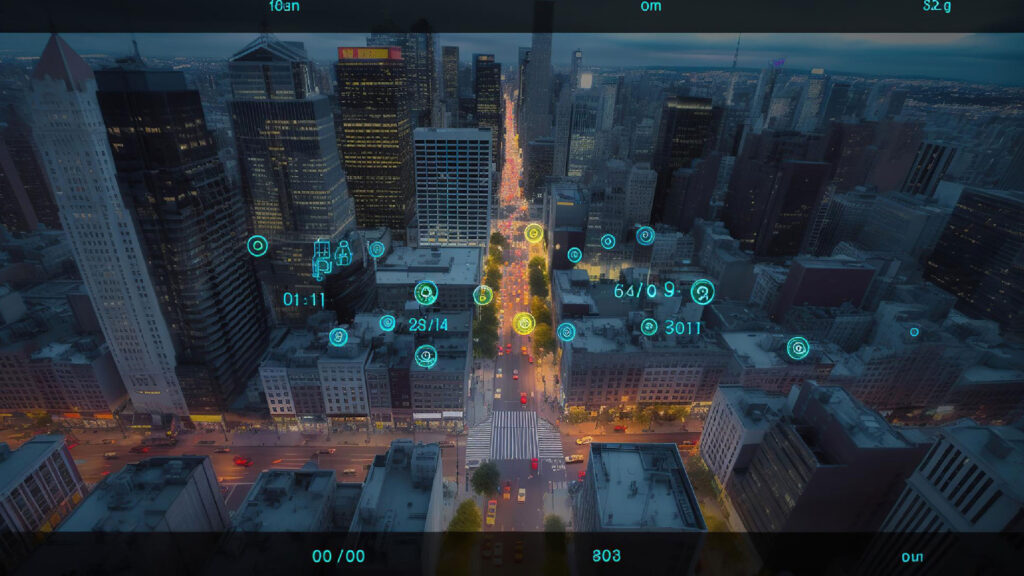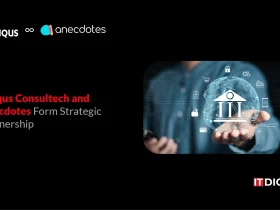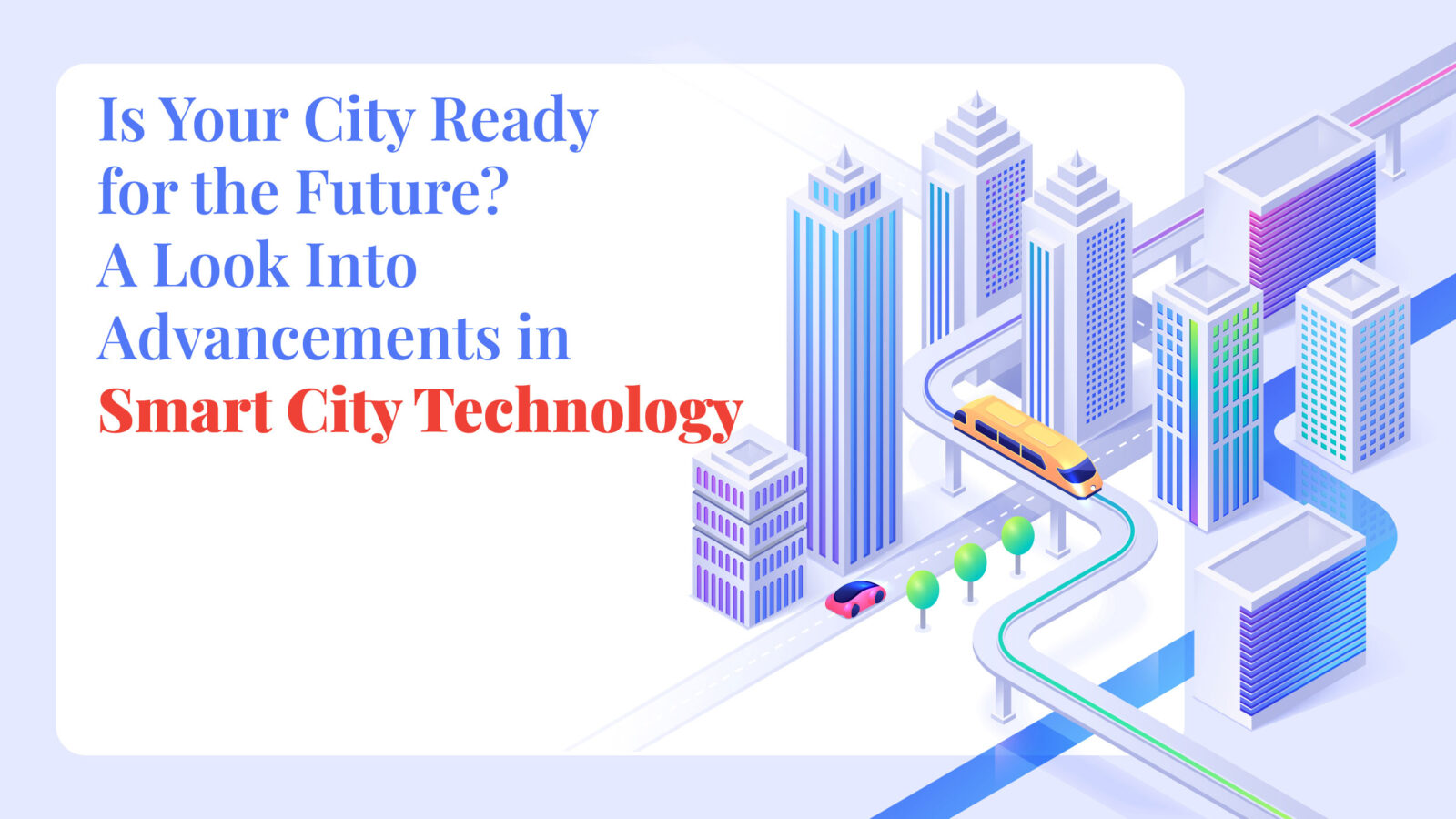The trend towards more sustainable and intelligent cities helps raise living standards in urban and suburban areas all over the world. Cities are becoming smarter.
One of the many advantages that smart city systems may provide is energy savings. Other advantages include improved public safety, improved traffic flow, and healthier environments. As more governments, utilities, and service providers in those municipalities, towns, and cities become aware of the advantages smart city solutions may offer, the adoption of intelligent technologies to simplify these systems rises.
Let’s look into how technologies and solutions for smart cities might provide better living options.
What is Smart City Technology and What Makes it Smart?
 Smart cities are places where data and digital technologies are used to make decisions and enhance the quality of life. To get a better grasp of the situation right now, predict changes in the future, improve city activities, and offer remedies, they deploy smart technology and solutions.
Smart cities are places where data and digital technologies are used to make decisions and enhance the quality of life. To get a better grasp of the situation right now, predict changes in the future, improve city activities, and offer remedies, they deploy smart technology and solutions.
Any town or community can become smart if it has a sufficient number of Internet of Things (IoT) devices, such as connected sensors, smartphones, and other IoT gadgets. The connected gadgets may access the Internet and exchange the information they gather with engineers, city officials, and other important administrators and managers. These data can be transformed into information that managers of municipal systems can utilize to carry out duties and optimize operations by using a variety of applications.
How Does Smart City Technology Work?
Smart cities use their network of interconnected IoT devices and other technology to improve livability and spur economic development. Four steps are followed by successful smart cities:
1. Collection – Real-time data is collected via smart sensors spread around the city.
2. Analysis – In order to get useful insights, the smart sensor data is evaluated.
3. Communication – Strong communication networks are used to share the insights that were discovered during the analysis phase with decision-makers.
4. Action – Cities develop solutions, enhance operations and asset management, and raise residents’ quality of life using the insights gleaned from the data.
Top Smart City Technologies
Below are some of the top smart city technologies being employed across the globe:
1. Smart IoT Devices
Global adoption of smart city practices has been made possible by the inventive application of the Internet of Things (IoT). With the help of this cutting-edge technology, the city is able to remotely monitor, control, and manage urban objects and facilities as well as generate fresh insights and useful knowledge from streams of quantitative real-time data. IoT has a fundamental role to play in the growth of smart cities generally, especially in terms of enhancing urban interconnection.
The smart sensors on Oslo’s streetlights are a prime illustration of IoT in smart cities.
2. Smart Energy
Smart cities must include urban sustainability. Investments in effective and ecologically friendly energy management are essential to achieving it.
In recent decades, urban clusters have expanded quickly, driving rising demand for energy resources. There are instances when it is over the capacity of their local resources. The so-called smart energy chain, which is totally dependent on renewable energy sources like solar and wind power, is a long-term option to fulfill the expanding energy demand.
The EnergyLab Nordhavn project in Copenhagen is one of the most representative and forward-thinking examples of smart energy.
3. Smart Mobility and Transportation
Mobility, the lifeblood of a city, comes in third on our list of smart city technologies. Networks for intelligent urban transit and mobility have received top priority in many smart city initiatives. This notion frequently takes into account urban areas like multi-modal transit, smart parking, and smart traffic lights. This strategy is based on rethinking the everyday transportation infrastructure, which encompasses not only conventional cars, electric cars, and public transportation, but also completely new and inventive modes of transportation like on-demand ride-sharing services (Uber and Lyft) and car-sharing programs.
In the trial of smart mobility, Singapore enjoys a resounding advantage. The country will build its Intelligent Transport Systems (ITS) according to the city’s 15-year master plan, Smart Mobility 2030.
4. Smart Buildings
For a smart city to be successful over time, smart buildings must flourish. A smart building is one that generates its systems, such as lighting, processing equipment, plumbing, access control systems, digital signs, wayfinding, and security systems, using digitally based automatic operations.
The Edge in Amsterdam is one of the first examples of smart buildings. Bloomberg claims that the Edge is the most intelligent and environmentally friendly skyscraper in the world, with the highest sustainability score ever given: 98.4%. Every person within the building is connected via a mobile phone application attributable to the 28,000 sensors that are installed inside. The most cutting-edge aspect is that intelligent buildings can memorize a timetable for each employee, giving them directions on where to go to ensure they are in the proper location at the appropriate time.
The Edge in Amsterdam is one innovative example of a smart building. The Edge, according to Bloomberg, has the greatest sustainability score ever given: 98.4%, making it the smartest and greenest skyscraper in the world. With some 28,000 sensors equipped inside, every individual inside the construction is connected through a mobile phone application. The most avant-garde feature is that smart buildings can memorize a schedule for every employee, providing them with instructions on where to go to make sure they are in the right place at the right time.
Smart City Technology Examples
 Cities around the world are at various levels of developing and implementing smart technologies. Some cities are ahead of the curve, paving the way for the development of completely intelligent cities. These consist of:
Cities around the world are at various levels of developing and implementing smart technologies. Some cities are ahead of the curve, paving the way for the development of completely intelligent cities. These consist of:
● Singapore
● Barcelona, Spain
● Dubai, United Arab Emirates
● Columbus, Ohio, USA
● Kansas City, Missouri, USA
● Hong Kong, China
● Toronto, Canada
● Melbourne, Australia
● London, England
● Reykjavik, Iceland
● New York City, New York, USA
● San Diego, California, USA
● Tokyo, Japan
● Vienna, Austria
With IoT cameras tracking the cleanliness of public places, population density, and the movement of registered vehicles, the city-state of Singapore is regarded as one of the leaders in the race to develop fully smart cities. Singapore also includes real-time monitoring systems for water use, waste management, and electricity use. In order to safeguard the health and well-being of senior adults, there are also monitoring systems and autonomous car testing.
In addition, Kansas City has installed interactive kiosks, smart streetlights, and more than 50 blocks of free Wi-Fi. Residents can also get parking space information, traffic flow statistics, and pedestrian hotspots via the city’s data visualization app.
Dubai is a city that embraces the concept of smart infrastructure, encompassing intelligent buildings, utilities, education, and tourist offerings. Alongside advancements in telemedicine and other smart healthcare solutions, the city also boasts efficient traffic monitoring systems. Along with a bike-sharing program, smart parking software with online payment options, and bus stations with free Wi-Fi and USB charging points, Barcelona also offers advanced transportation systems. Sensors that can measure humidity and rainfall are also used to measure temperature, pollution, and noise.
A Look at Smart Cities in the Future
The United Nations estimates that 68% of the world’s population—or 55%—will be living in urban areas by the year 2050. Smart solutions are required by cities to accommodate this expansion. We may anticipate that cities that adopt smart technologies—and apply smart tactics to do so—will enhance the standard of living for their citizens and establish themselves as leaders on the international scene.


































